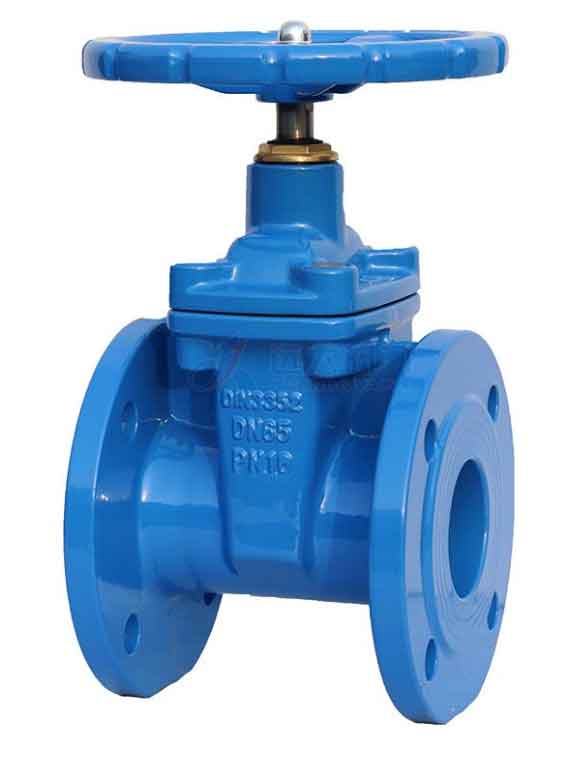Gate valves are essential components in fluid handling systems, offering efficient flow control capabilities. They are widely used in various industries and applications where positive shut-off and unrestricted flow are required. Here are some key features and benefits of gate valves:

1. Full Flow Path: Gate valves provide a full and unobstructed flow path when fully open, allowing for minimal pressure drop and efficient flow of fluids. Their design enables smooth passage of the medium without significant turbulence or restriction.
2. Bi-Directional Flow: Gate valves are typically designed to allow flow in both directions, making them suitable for applications where flow reversal may occur. This bi-directional flow capability enhances their versatility and ensures proper operation in various system configurations.
3. Reliable Shut-Off: Gate valves offer reliable shut-off capabilities by providing a tight seal when fully closed. The gate, usually a flat or wedge-shaped disc, is lowered or raised perpendicular to the flow path to block or allow the fluid passage. This design ensures a positive shut-off, minimizing leakage and preventing flow in the closed position.
4. Low Pressure Drop: Gate valves have a minimal pressure drop across the valve when fully open, making them an ideal choice for applications where low pressure loss is critical. Their straight-through flow path and streamlined disc design minimize flow restrictions, resulting in efficient fluid transfer and reduced energy consumption.
5. Wide Range of Sizes: Gate valves are available in a wide range of sizes, from small diameters for residential or commercial applications to large diameters for industrial and utility-scale systems. This versatility allows gate valves to handle various flow rates and meet specific system requirements.
6. High Temperature and Pressure Applications: Gate valves are well-suited for high temperature and high-pressure applications. They are designed to withstand demanding conditions and can handle a wide range of fluids, including steam, gas, and liquids. By selecting the appropriate material and construction, gate valves can effectively operate in extreme environments.
7. Minimal Flow Turbulence: The gate of a gate valve moves perpendicular to the flow path, resulting in minimal turbulence when the valve is fully open. This characteristic makes gate valves suitable for applications where flow disturbances and pressure fluctuations need to be minimized.
8. Easy Maintenance and Repair: Gate valves are relatively simple in design and have fewer moving parts compared to some other valve types. This simplicity facilitates easier maintenance and repair. Routine maintenance typically involves lubrication, inspection of sealing surfaces, and replacement of worn-out components.
9. Versatile Applications: Gate valves find applications in various industries, including oil and gas, petrochemical, water and wastewater treatment, power generation, chemical processing, and more. They are used in systems such as pipelines, storage tanks, refineries, fire protection systems, and industrial processes that require reliable flow control.
10. Excellent Leakage Prevention: Gate valves are designed to provide effective sealing, minimizing the risk of leakage. When closed, the gate makes full contact with the seat, creating a tight seal that prevents the passage of fluid. This feature is particularly important in critical applications where leakage can have serious consequences.
Gate valves are essential components in fluid handling systems, offering efficient flow control, reliable shut-off, and low pressure drop. However, it is crucial to consider factors such as the application requirements, operating conditions, and material compatibility when selecting gate valves to ensure optimal performance and long-term reliability.
